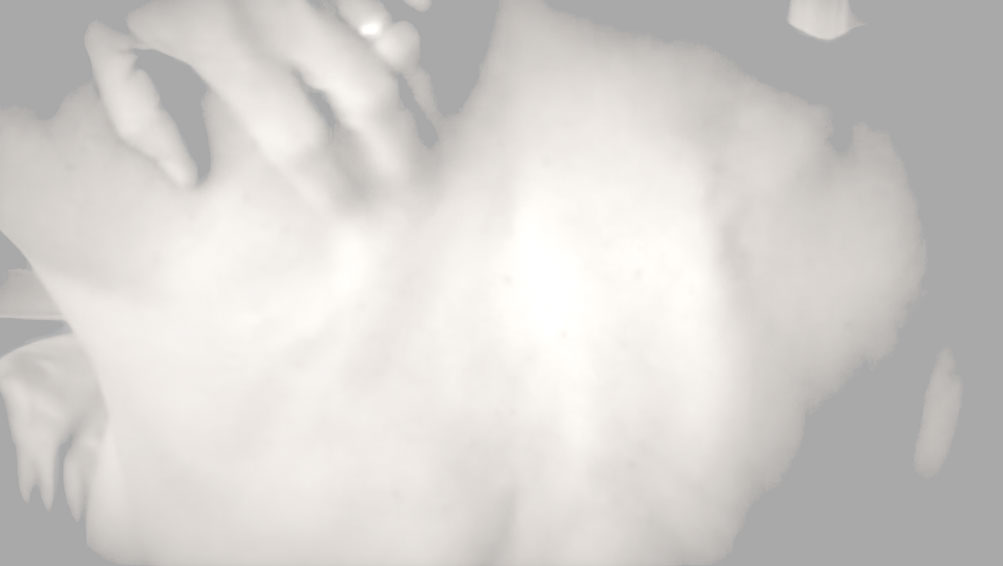

Throughout Techne, we turn to embodied narrative as rendered through multimedia to explore possibilities for reorientation. Our work here is to encounter technologies as orienting our stories while also feeling our way through generative disorientation. How are we thought through our things? But also, how can we think ourselves, and our things, differently? We take our consideration of orientation from phenomenology generally and, in particular, Sara Ahmed’s Queer Phenomenology, in which she argues:
Orientations are tactile and they involve more than one skin surface: we, in approaching this or that table, are also approached by the table, which touches us when we touch it. As Husserl shows us, the table might be cold and smooth and the quality of its surface can only be felt once I have ceased to stand apart from it. This body with this table is a different body than it would be without it. And, the table is a different table when it is with me than it would be without me. Neither the object nor the body have integrity in the sense of being “the same thing” with and without others. Bodies as well as objects take shape through being orientated toward each other, as an orientation that may be experienced as the co-habitation or sharing of space. (54)
As we touch our technology, we are increasingly reminded of how it touches us back, sometimes through the agency of others reaching out to us. Many of us have had those eerie Amber Alerts buzz through our phones, stark reminders of how we not only reach into the net, but are also reached into ourselves. What happens to us as we feel ourselves touched by our technologies? Ahmed argues that bodies are "shaped by contact with objects and with others, with 'what' is near enough to be reached. Bodies may even take shape through such contact, or take the shape of that contact. What gets near is both shaped by what bodies do, which in turn affects what bodies can do" (54).
